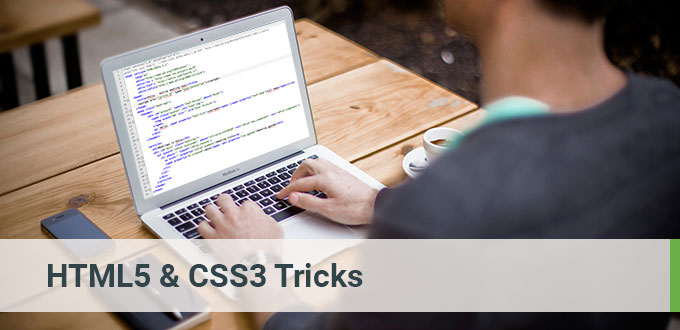
HTML5 and CSS3 Forms: 4 Useful Designs
Forms are widely used as essential website components. It's possible to create any type of form to fit the purpose and goals of your particular site, with HTML5 and CSS3. Each brings a number of great features and attributes that substantially broaden the boundaries of form design.



